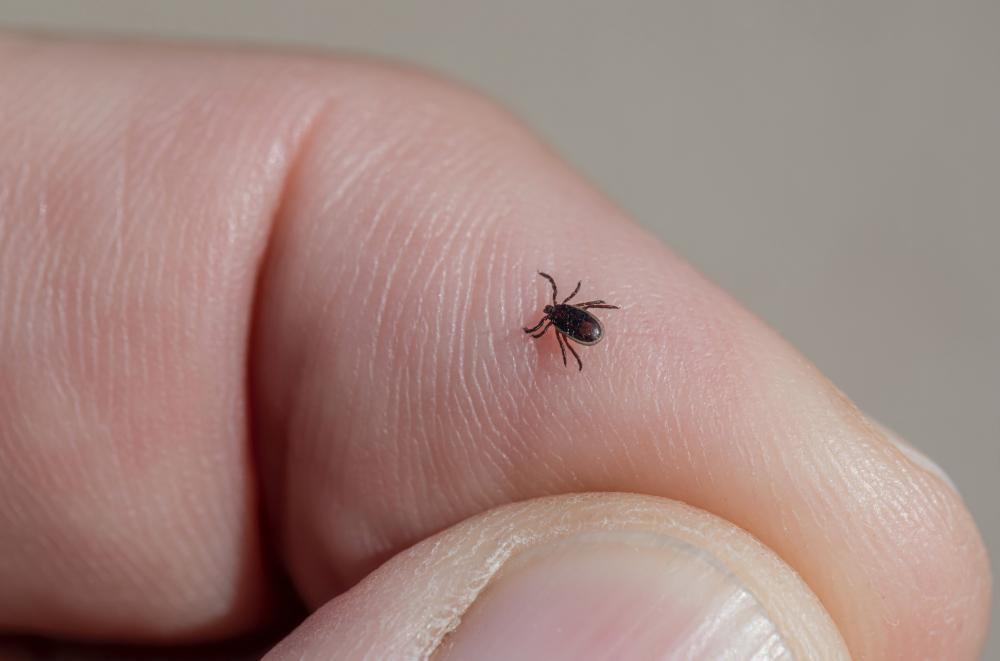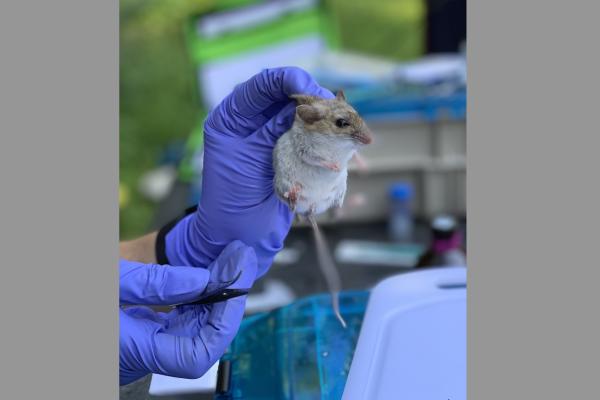Ticks may be spreading chronic wasting disease
June 6, 2023

Photo by Erik Karits on Unsplash
Researchers from the University of Minnesota and the University of Wisconsin are studying how deer ticks may be harboring and spreading chronic wasting disease (CWD), an always fatal disease that is sweeping through herds of deer, elk, moose, and even reindeer across the United States.
The deadly disease is not caused by a virus or bacteria, but by a naturally occurring misfolded protein called a prion—transmissible, pathogenic agents that alter normal proteins and cause progressive neurodegenerative disorders, including CWD. Scientists understand that indirect transmission—through ingested or inhaled contaminated soil or eating contaminated plants—may play a central role in CWD transmission among cervids. But other vectors are likely going undetected, leaving out crucial pieces of the puzzle.
The study was led by Heather Inzalaco, a scientist at the University of Wisconsin-Madison, with Stuart Lichtenberg of the University of Minnesota College of Veterinary Medicine and the Minnesota Center for Prion Research and Outreach (MNPRO).
In part one of the study, the researchers first determined that ticks were capable of carrying an infectious dose of CWD-causing prions. To do this, they had ticks in a lab feed on blood contaminated with brain tissue from a deer infected with CWD. They found that ticks appeared to both ingest CWD prions and excrete them largely unchanged.
For part two, they examined tick and ear tissue samples from 174 deer that had been bitten by ticks in a CWD-endemic area of Wisconsin. Of those deer, 15 tested positive for CWD. The team determined if they could detect prions in the ear tissue of these 15 deer as well as in several of the engorged ticks that fed on them.
Depending on the sample, CWD prions were present in 7–40 percent of the ticks. The doses they carried mirrored what the initial lab study had found: that ticks appear to be able to harbor infectious amounts of CWD prions. If a susceptible deer were to consume a tick from an infected animal, for example, through social grooming, it’s possible that the animal may contract the disease.
Further studies will need to confirm that deer ticks do, indeed, transmit CWD prions to animals in the wild. Ultimately, the authors believe this may lead to new ways to control CWD.
“There are a lot of options for how tick burdens could be managed if it is indeed proven that ticks are implicated in CWD spread,” said Inzalaco. “Pesticides are one thing, but there are actually a great deal of practical solutions that are solely based upon things like land management and grassland restoration.”
Lichtenberg is optimistic about the direction of future research. “In the long term, prion research approaches that are multidisciplinary will help reduce spread of CWD and mitigate risk of CWD to human health, ultimately preserving viable cervid populations that are central to both tribal and non-tribal ecological, social, and economic stability,” he said.
Read the full study in Nature Scientific Reports.


